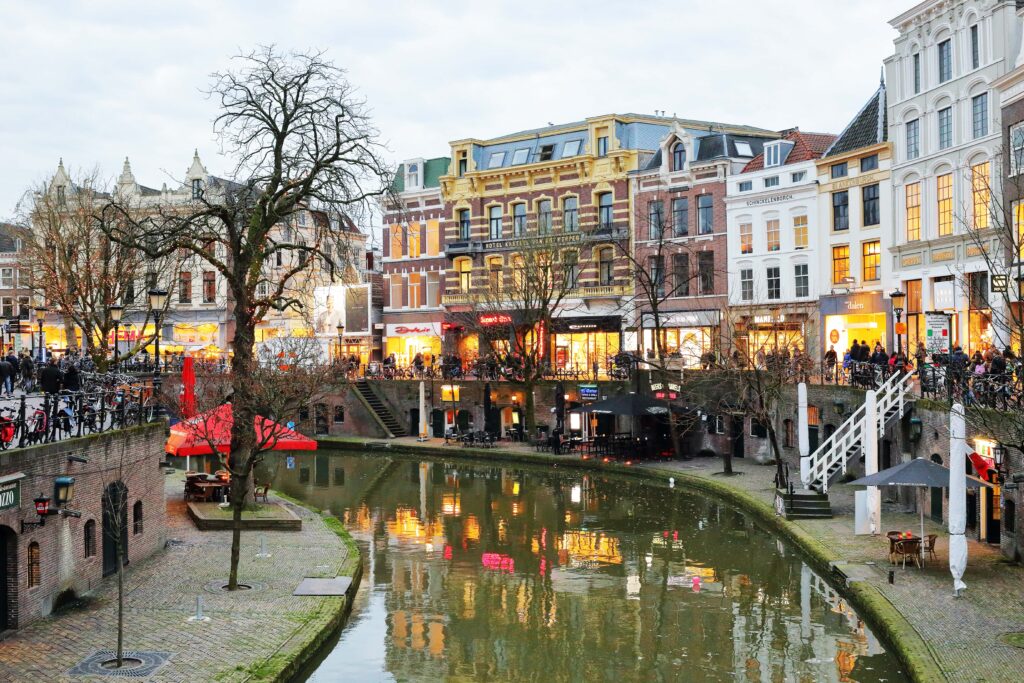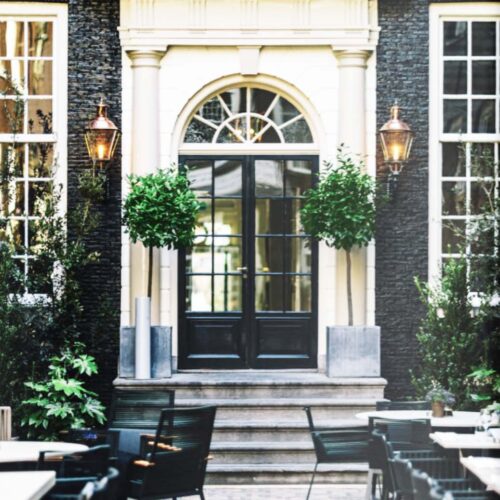
“Holland” and “The Netherlands” are often used interchangeably to refer to the same country, but they differ.
The Netherlands is a country located in northwestern Europe. It is often referred to as Holland, but Holland is just a region within the Netherlands. It comprises twelve provinces, two of which are North and South Holland. These two provinces are the most densely populated and economically important regions of the country, and as a result, they are often referred to as “Holland.”
Some tourists are confused because the Netherlands is sometimes called the other name since the names are often used interchangeably. And, the Netherlands tourism authority has come up with a plan to clarify that it is the Netherlands,
Although confusion remains, as other official organizations often use “Holland” in their marketing materials, contributing to the confusion dubbed the entire country, it is not technically accurate.
The “North” is located in the northwestern part of the Netherlands and is home to the cities of Amsterdam, Haarlem, Alkmaar, and Den Helder, among others. Amsterdam, the capital city of the Netherlands, is located there, and is a major tourist destination known for its canals, museums, and cultural attractions.
The “South” is located in the western part of the Netherlands and is home to Rotterdam, The Hague, Leiden, and Delft, among others. The Hague is the seat of the Dutch government and home to many international organizations, including the International Court of Justice and the International Criminal Court.
Other major cities in the Netherlands that are not located in the Holland region include:
- Utrecht: a historic city located in the central part of the Netherlands, known for its beautiful canals, medieval architecture, and lively cultural scene.
- Groningen: a university town located in the northern part of the Netherlands, known for its vibrant student culture, historic buildings, and lively nightlife.
- Maastricht: a beautiful city located in the southern part of the Netherlands, known for its historical center, beautiful architecture, and cultural attractions.
- Nijmegen: a lively city located in the eastern part of the Netherlands, known for its historical center, beautiful parks, and cultural events.
- Eindhoven: a city located in the south of the Netherlands, known for its high-tech industry, cultural events, and lively nightlife.
Did you know?
The Netherlands is the world’s second-largest exporter of food, after the United States, despite being a relatively small country. The country is mainly known for its exports of dairy products, fruits and vegetables, meat, flowers, and plants.
It also has one of the highest rates of cycling in the world, with over a quarter of all bike-related trips, and has an extensive network of dedicated bike lanes and is known for its bike-friendly cities, making it a great place to explore by bike.

A little history:
The history of the Netherlands has a long and varied past that has shaped the country as it is today.
The Netherlands was first inhabited by various Celtic and Germanic tribes and was later part of the Roman Empire.
In the Middle Ages, the Netherlands was part of various feudal states, including the County of Holland, which later became a province of the Netherlands.
It was a major trading nation in the 17th century, with the Dutch East India Company and the Dutch West India Company playing a significant role in global trade and colonialism.
In 1815, the country became a constitutional monarchy, with King William I as its first monarch.
During World War II, the Netherlands was occupied by Nazi Germany, and the country suffered greatly during the war, with many Dutch Jews being deported and killed in concentration camps.
In the post-war period, the country underwent a period of rapid economic growth and social change, becoming a leader in social democracy, environmentalism, and human rights.
Today, It is known for its beautiful cities, and innovative industries. It is a significant player on the world stage in fields such as agriculture, technology, and sustainable development.


